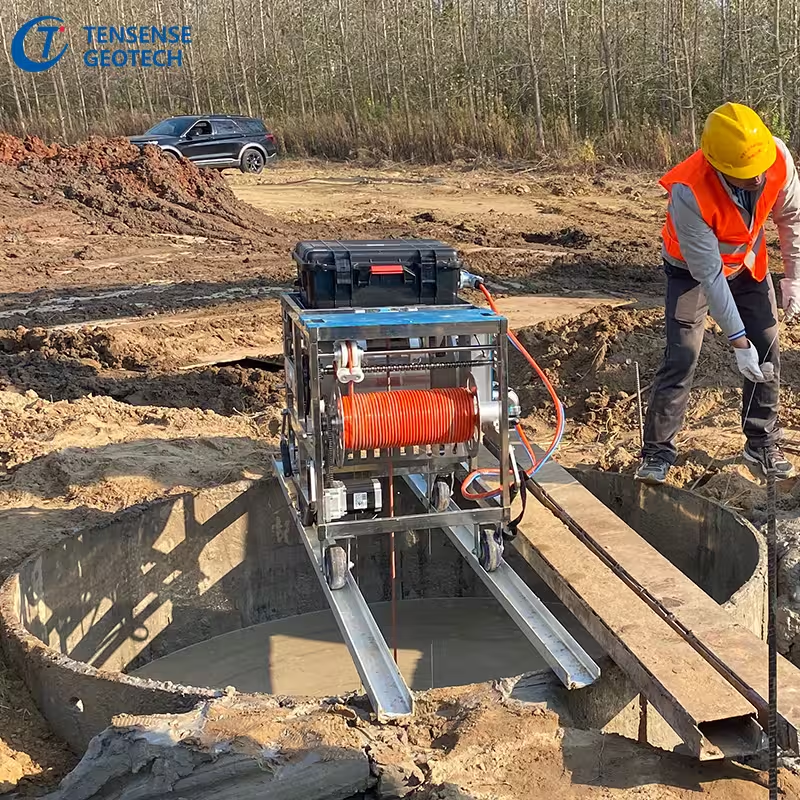Tel.: +86-150 7112 0854 Email: abby@tensense-geotech.com
Key Parameters and Testing Techniques for Drilled Hole Quality in Pile Foundation Engineering
In the field of civil engineering, the construction quality of pile foundations directly impacts the safety and stability of the entire structure. As a core process in pile foundation construction, the quality control of drilling operations is critical. This paper aims to comprehensively analyze the key parameters of drilled hole quality and their testing techniques in pile foundation construction, providing practical references for engineering applications.
1. Key Parameters of Drilled Hole Quality
Bore Hole Diameter (Pile Diameter)
Definition
The bore hole diameter refers to the diameter of the drilled hole during pile foundation construction, which is also the diameter of the pile itself. As an important design parameter, the bore hole diameter directly affects the load-bearing capacity and stability of the pile.
Consequences of Unqualified Bore Hole Diameter
- Reduced Pile Load Capacity: A bore hole diameter smaller than the design standard can lead to a thinner concrete protective layer around the rebar cage, thereby reducing the load-bearing capacity of the pile.
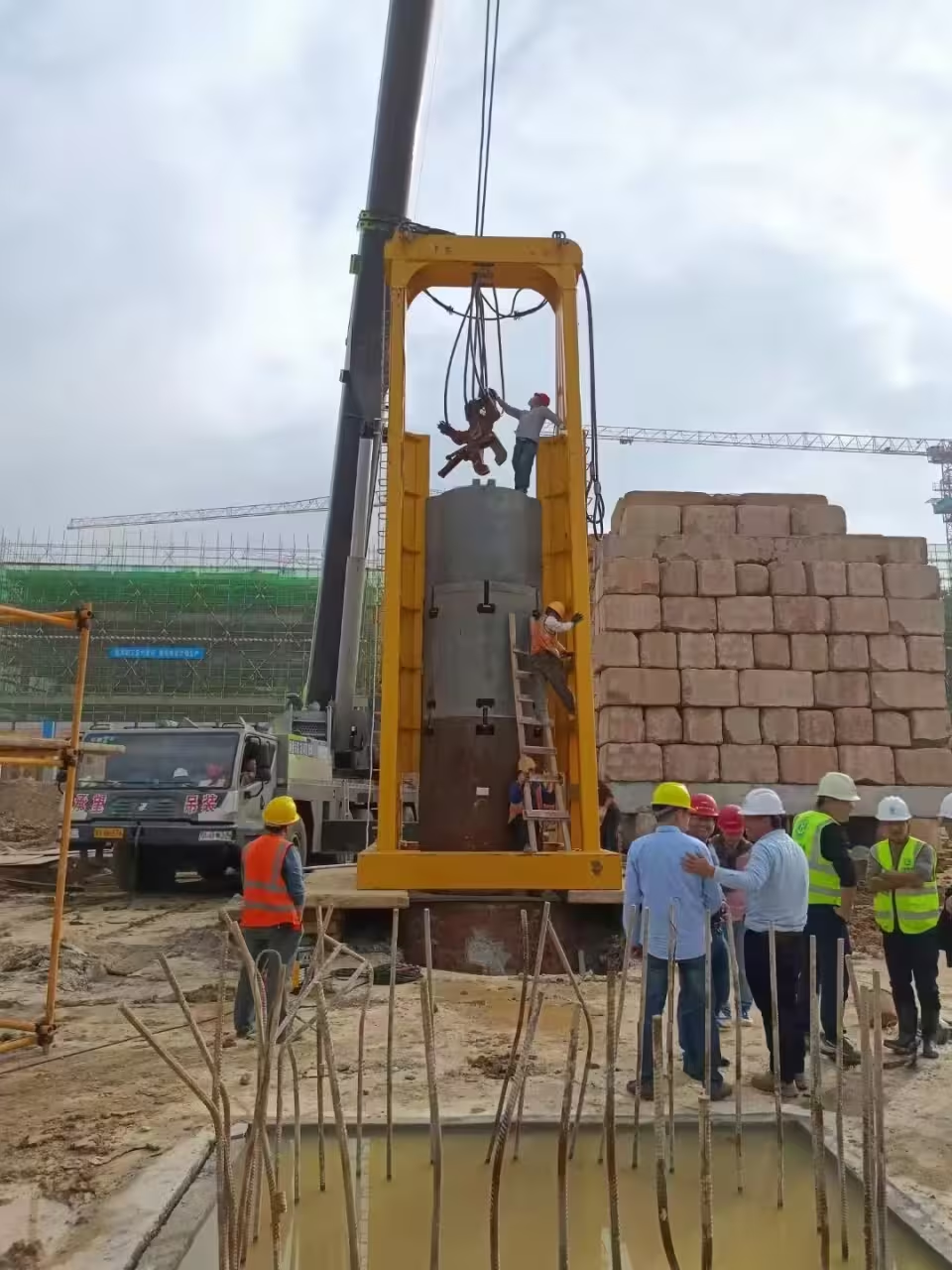
- Impact on Pile Quality:Non-compliance with diameter standards may cause defects such as voids or honeycombing in the concrete, affecting the strength of the pile and its load-bearing capacity.
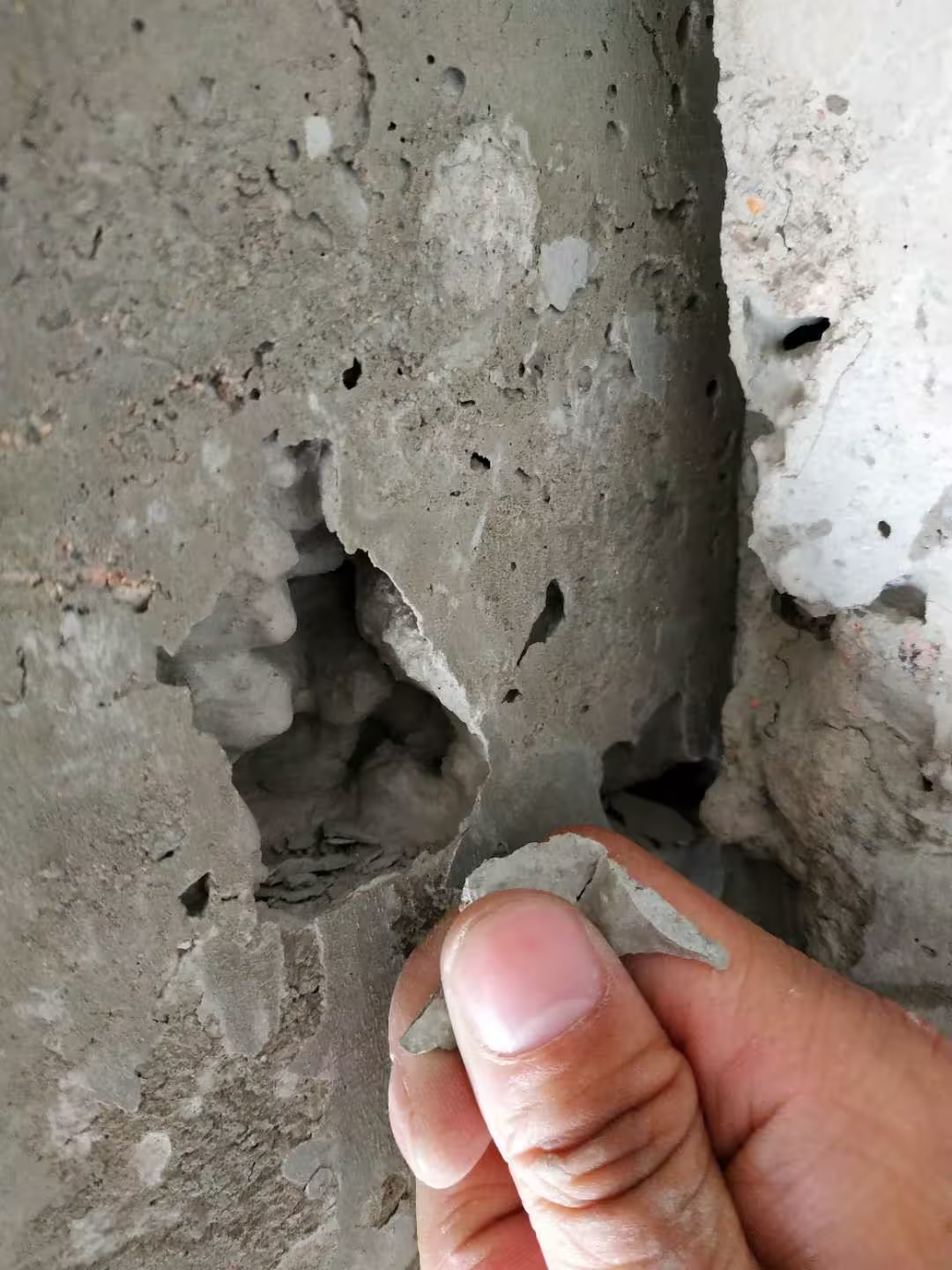
Increased Construction Difficulty: An undersized bore hole may hinder the smooth insertion of the rebar cage, increasing the difficulty of construction.
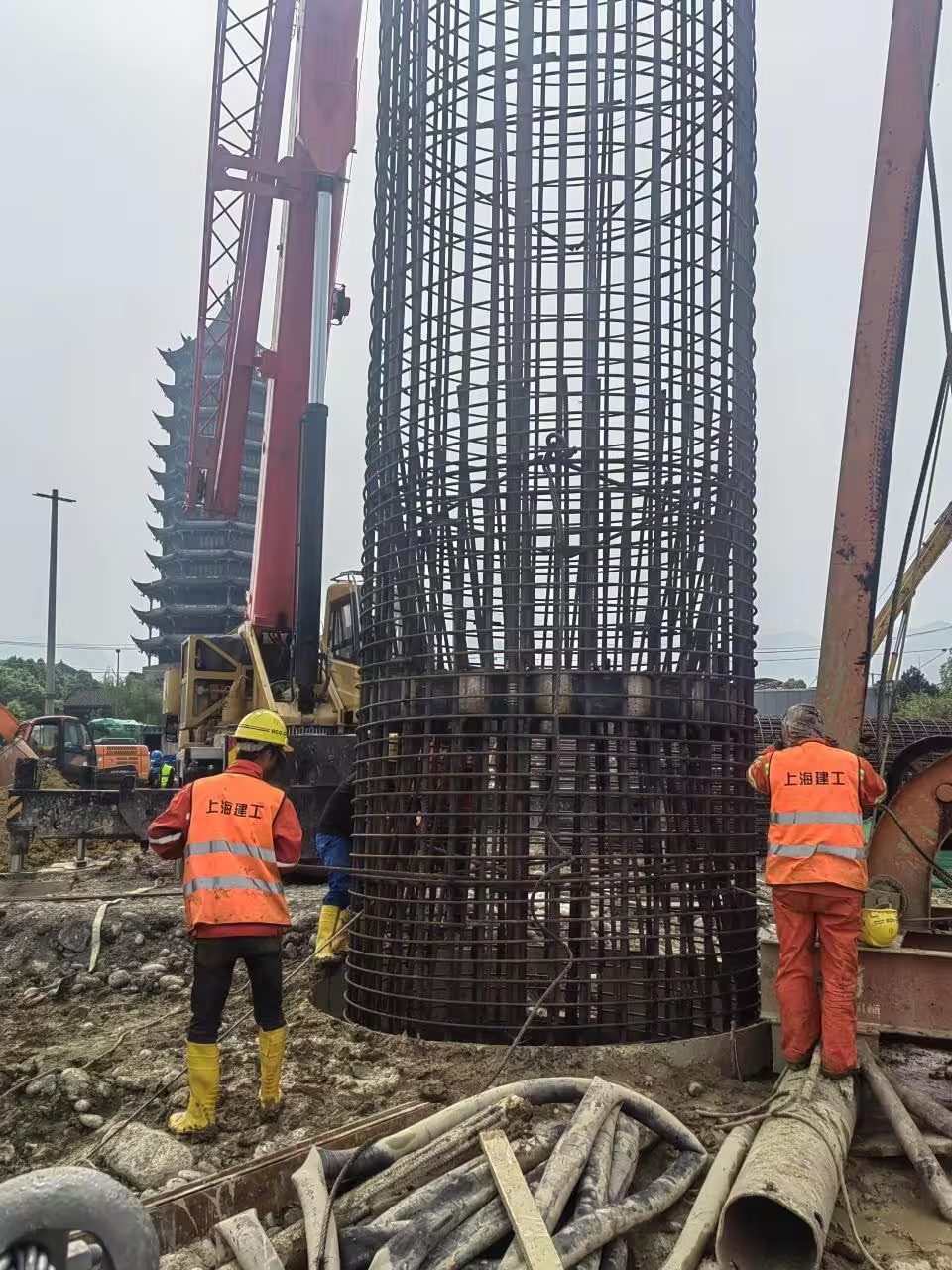
Mud or Layer Inclusions in the Pile: Non-compliance can result in mud or layers being trapped within the concrete, compromising the load-bearing capacity and structural safety of the pile.
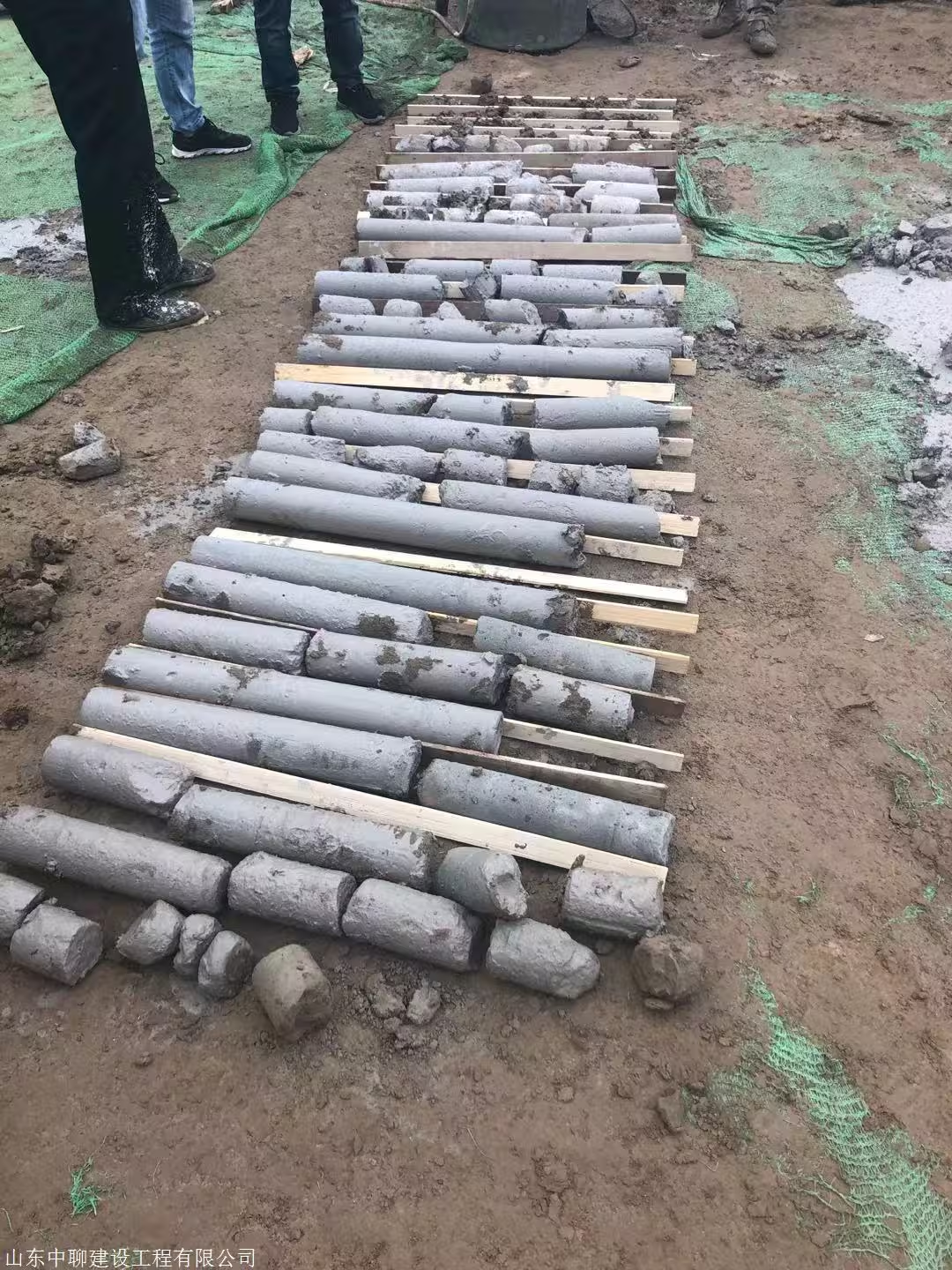
- Increased Construction Costs: Additional measures, such as enlarging the bore hole or re-drilling, may be necessary due to non-compliance, leading to increased costs and extended construction timelines.
- Impact on Pile Uniformity: Variations in bore hole diameter can lead to uneven concrete placement, affecting the uniformity and load-bearing capacity of the pile foundation.
- Reduced Durability of the Pile Foundation:Non-compliance can weaken the bending and shear strength of the pile foundation, thereby diminishing its durability.
- Safety Hazards: Non-compliance with diameter standards may result in inadequate load capacity during use, potentially leading to pile failure and posing significant safety risks to the entire structure.
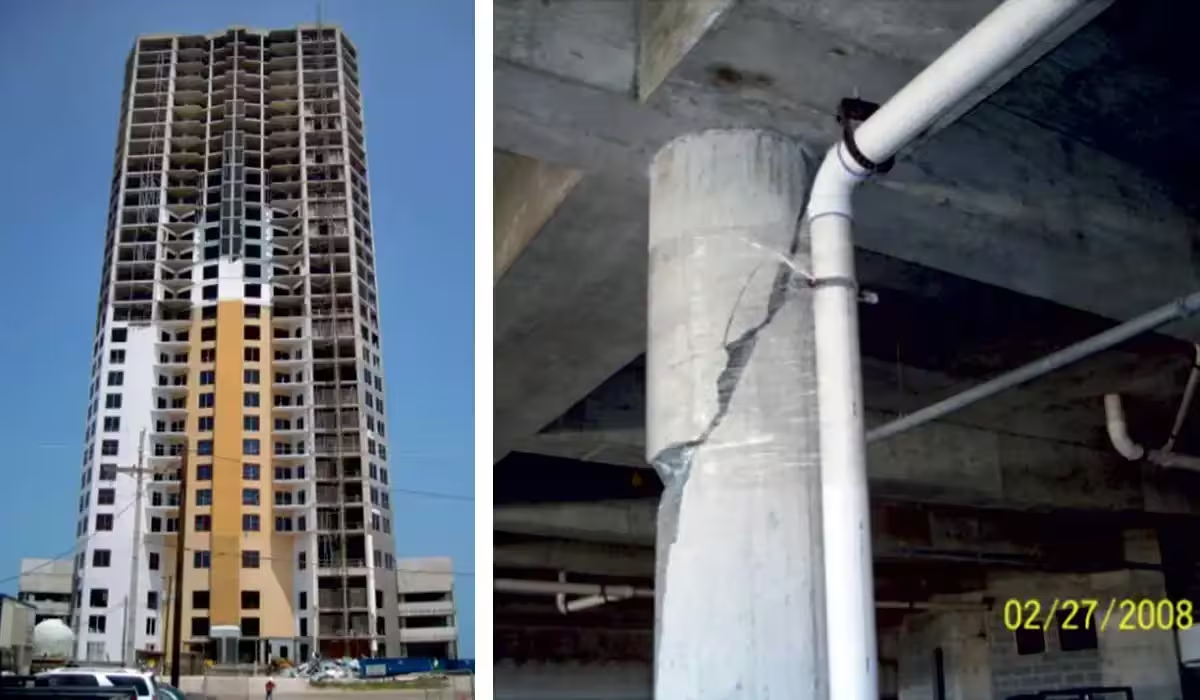
Bore Hole Depth (Pile Length)
Definition
Bore hole depth refers to the vertical distance in pile foundation engineering from the pile top (the starting point of construction, usually the ground or surface of the working platform) to the pile bottom (the lowest point of the pile foundation in the ground). Bore hole depth directly impacts the load-bearing capacity of friction piles and end-bearing piles.
Consequences of Unqualified Bore Hole Depth
- Reduced Load-Bearing Capacity: Insufficient depth may result in inadequate load-bearing capacity of the pile foundation, compromising the safety and stability of the entire structure.
- Increased Construction Costs and Timelines: If pile length is non-compliant, additional pile splicing may be required, leading to wasted labor and materials, higher project costs, and extended timelines.
- Unreliable Pile Quality: Non-compliance with depth standards may indicate insufficient quality of the pile body, which can delay construction and, if the pile quality is substandard, severely impact the construction schedule.
- Higher Maintenance Costs: Substandard pile quality can lead to increased costs for future maintenance or repairs, affecting the project’s overall economic efficiency.
- Reduced Reliability of the Project: Insufficient depth affects the load-bearing capacity of cast-in-place piles, reducing the project’s overall reliability and safety.
- Potential Structural Failure: Insufficient bore depth may prevent the pile from achieving its intended load-bearing effect, leading to potential failure under stress and compromising the safety of the entire structure.
- Increased Risk of Accidents: Non-compliance with depth standards can elevate safety risks during construction and may even lead to accidents on site.
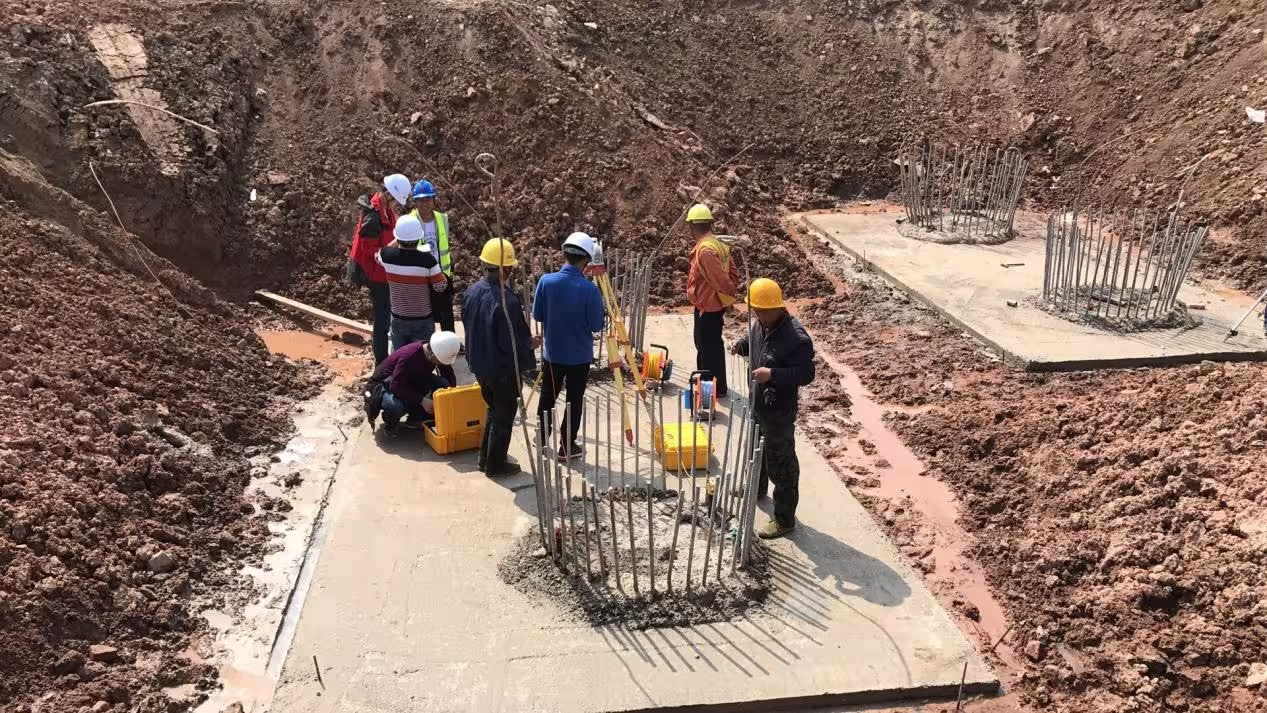
Bore Hole Verticality
Definition
Bore hole verticality refers to the deviation of the bore hole’s axis from the true vertical line during the construction of cast-in-place piles. This parameter is crucial to ensure that the pile aligns vertically with the ground.
Consequences of Unqualified Verticality
- Reduced Load-Bearing Capacity: Poor verticality affects the pile’s ability to bear loads vertically, resulting in uneven stress distribution across the structure and compromising its stability and safety.
- Increased Difficulty in Subsequent Construction:Non-compliant verticality complicates the installation of the reinforcement cage and the concrete pouring process.
- Uneven Concrete Distribution:Insufficient verticality may cause uneven distribution of concrete within the pile, impacting its durability and crack resistance.
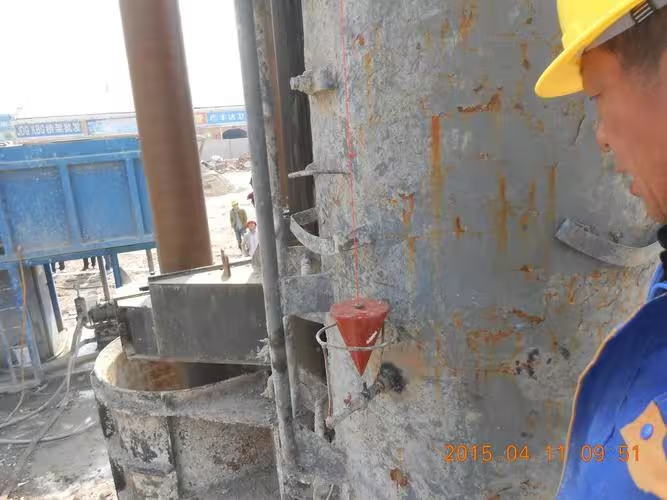
Sediment Thickness
Definition
Bore hole bottom sludge thickness refers to the layer of drilling debris, mud, and other impurities that accumulates at the bottom of a bore hole after the construction of a cast-in-place pile. It serves as an important indicator for assessing the quality of the bore hole.
Consequences of Un-detected sediment thickness:
1. Impact on Load-Bearing Capacity: The presence of sediment directly affects the pile’s load-bearing capacity. Since the sediment layer has low strength and high compressibility, its load-bearing capacity is significantly lower than that of the pile body, which can diminish the overall structural load-bearing capacity and even alter the pile’s load characteristics.
2. Settlement Issues: Excessive sediment thickness may lead to significant settlement of the pile, affecting the overall stability of the structure and causing uneven settlement that compromises the safety of the superstructure.
3. Construction Quality: An exceedance in sediment thickness severely affects the quality of the pile foundation, limiting the effective load-bearing capacity of the pile end and increasing settlement displacement, which poses safety risks to the structures above the pile foundation.
4. Detection Success Rate: Piles with excessive sediment thickness may have difficulty receiving reflected waves, which impacts the success rate and compliance of low-strain reflection wave methods used to assess pile body quality.
2. Common Methods for Testing Drilled Hole Quality
Bore Hole Diameter Detection
- Acoustic BoreHole Measurement Instrument: This device utilizes a sonic transmitter, probes, amplifiers, and recorders to send sound waves through the drilling fluid to the bore hole wall. By measuring the time it takes for the waves to travel to the wall, the instrument calculates the distance from the probe to the wall, allowing for the mapping of the bore hole wall shape.
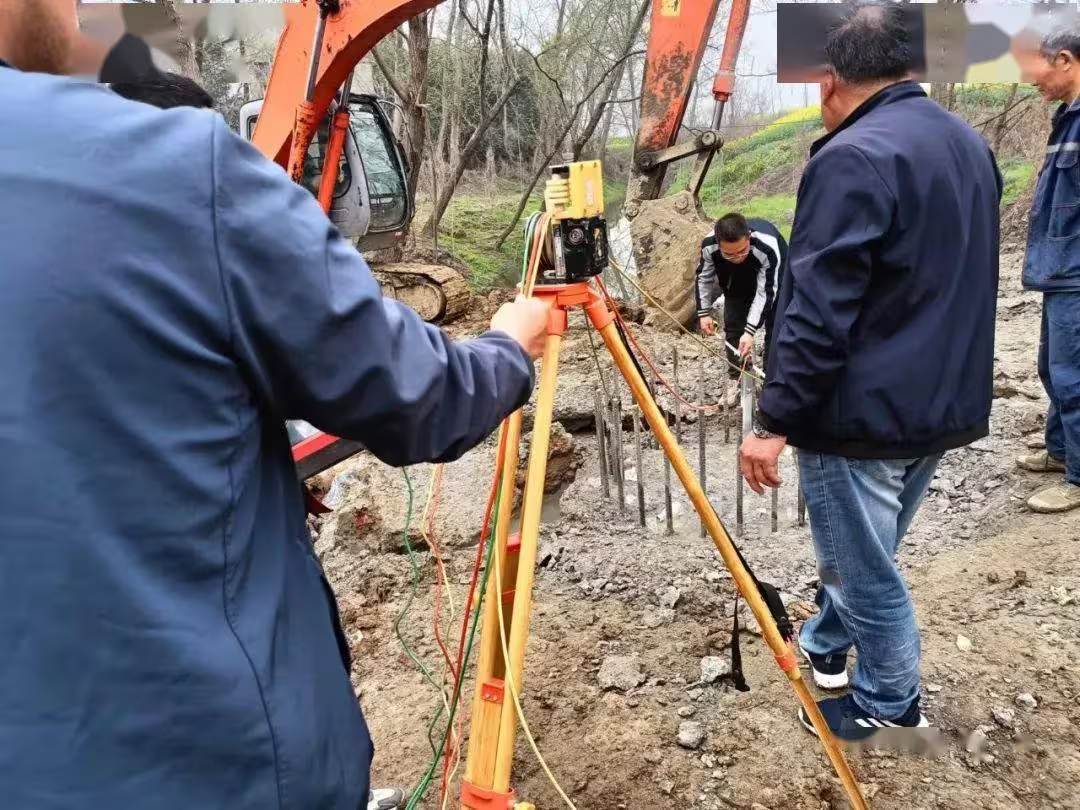
- Bore Diameter Gauge (Photographic Method):Comprising a mechanical probe, amplifier, and recorder, this instrument automatically expands upon insertion into the bore hole to measure variations in diameter. Changes in voltage are recorded, correlating with the detected bore diameter.
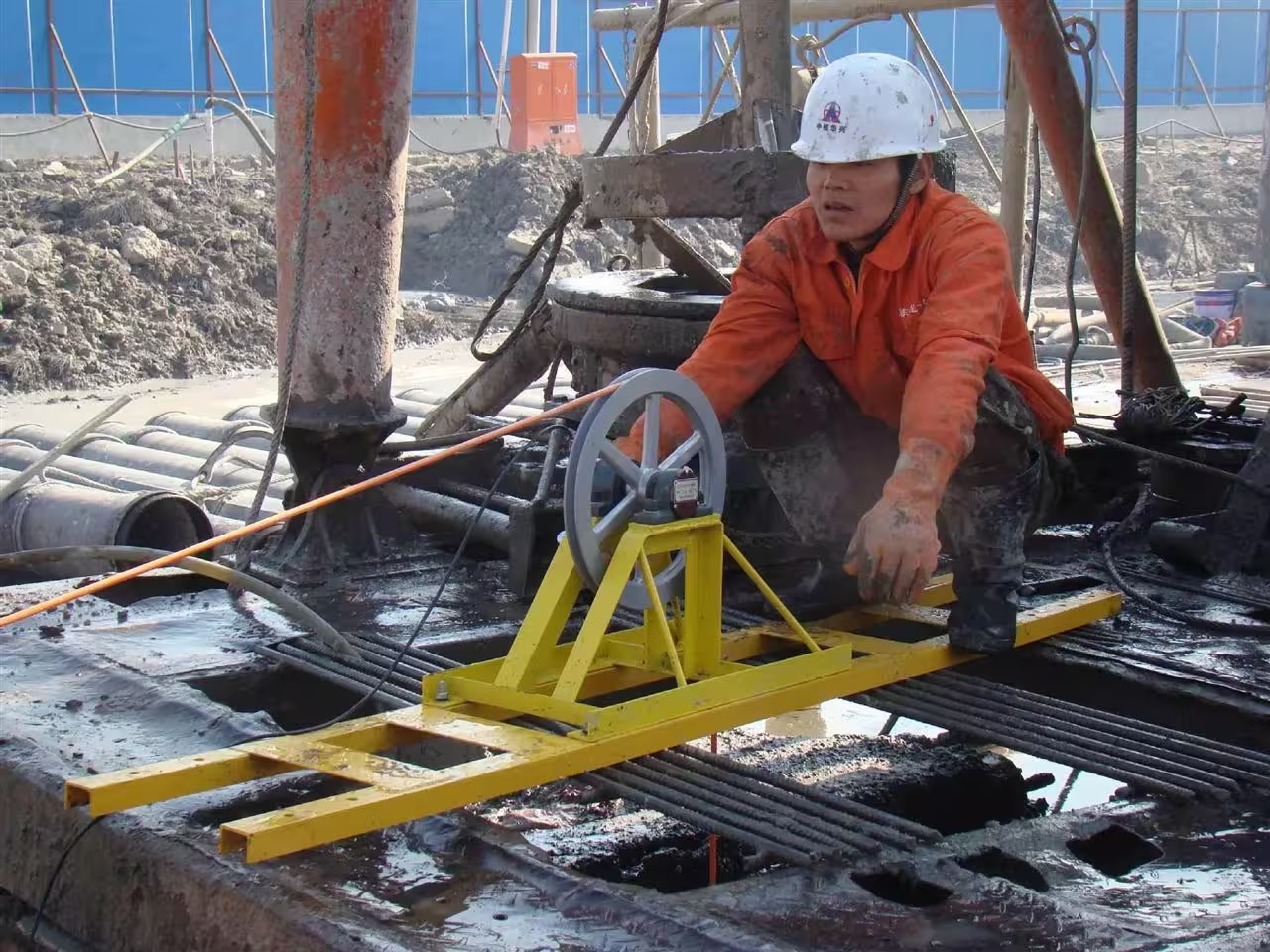
- Core Sampling: This technique involves using a drilling machine to extract core samples, allowing for assessments of pile length, concrete strength, and sludge thickness at the pile bottom.
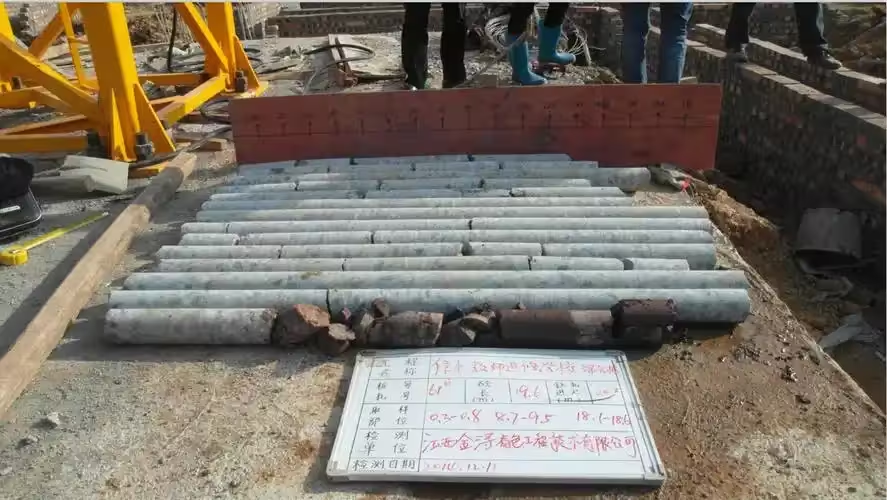
- Ultrasonic Borehole Monitor: This advanced equipment can simultaneously measure bore diameter, depth, verticality, and sediment thickness of cast-in-place piles.
Bore Hole Depth Detection
- Drop Weight and Tape Method: This traditional approach involves measuring the length of the drilling tool that extends below the ground surface to determine the bore depth. By using a measuring tape to assess the depth of the sludge layer, the difference between the two measurements indicates the sludge thickness and can also be used to ascertain the bore depth.
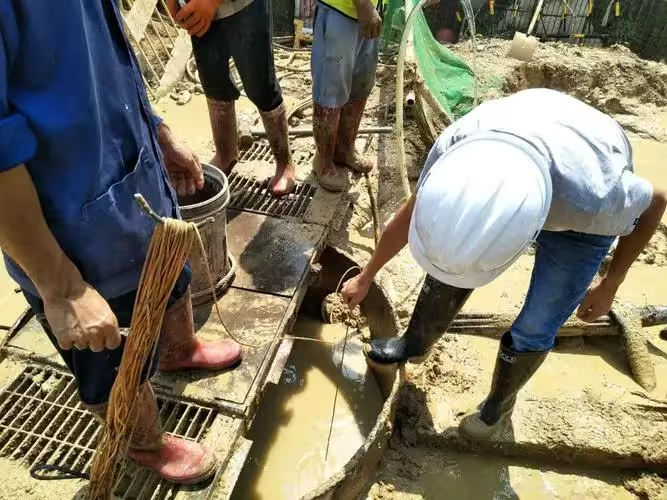
- Ultrasonic Borehole Monitor: This device employs ultrasonic reflection technology to obtain distance information about the bore wall and bottom. The collected data is then analyzed to determine the bore depth accurately.
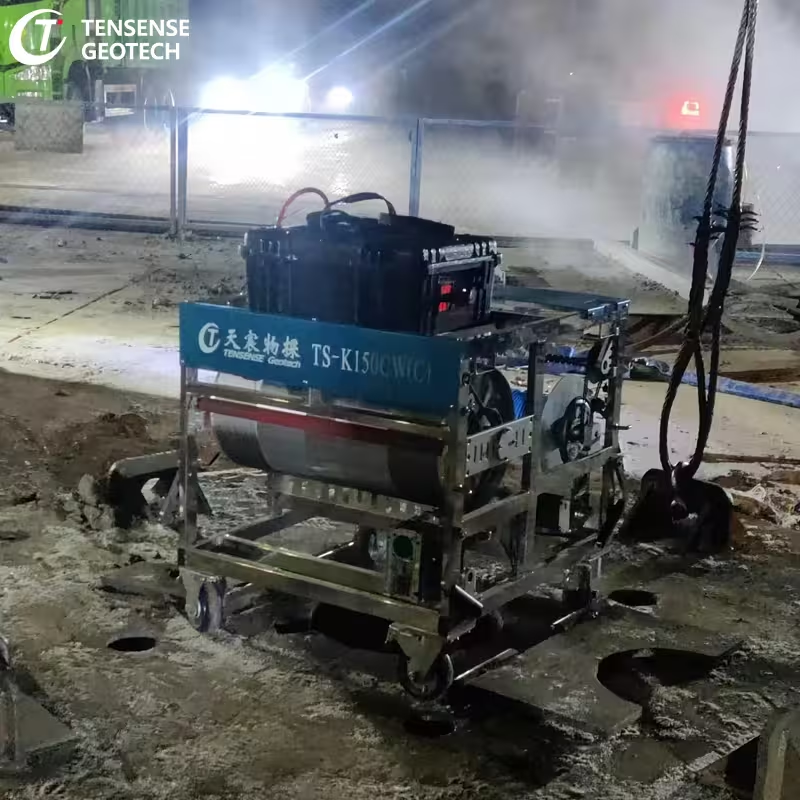
Bore Hole Verticality Detection
- Leveling Measurement Method: This method involves using a leveling instrument to measure the height at various depths, allowing for the assessment of verticality.
- Plumb Line Method:A plumb line is suspended inside the borehole, and the distance between the plumb line and the bore wall is observed and measured to evaluate verticality.
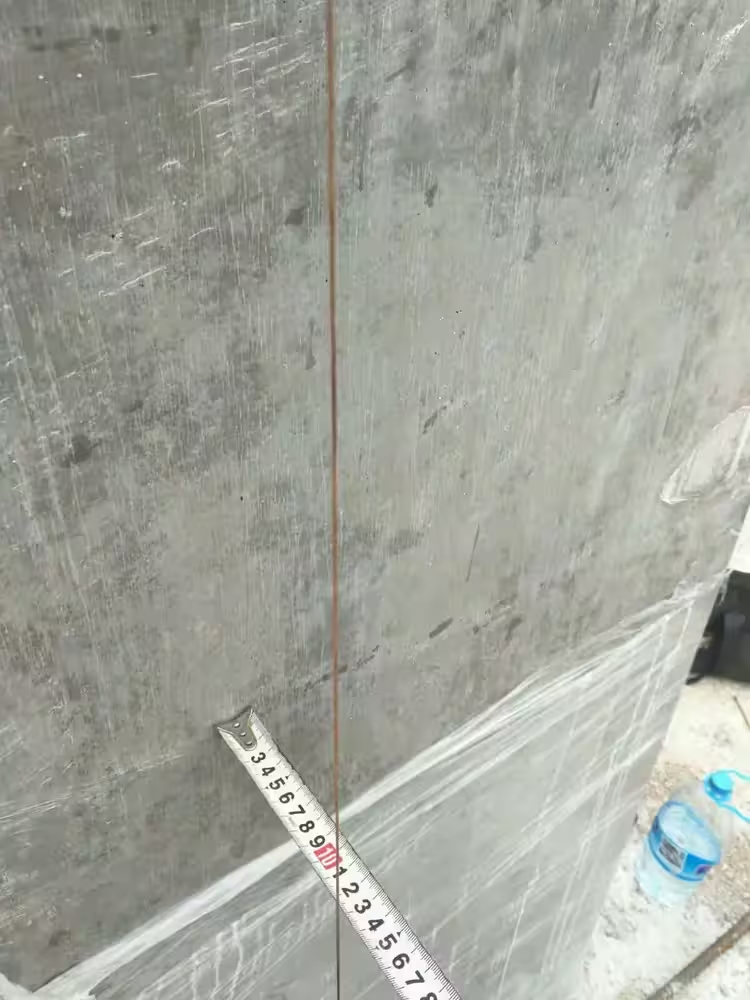
- Ultrasonic Borehole Monitor: This instrument emits ultrasonic signals and receives the reflected waves. By recording the data and comparing the actual bore wall profile with the designed shape, it effectively assesses the verticality.

Sediment Thickness Detection
- Probe and Pan Method: A probe is lowered to measure the depth of the borehole bottom, while a sediment pan is also lowered to determine the depth of the sediment surface. The difference between these two measurements provides the sediment thickness.
- Probe Pressure and Tilt Angle Testing Method: This method employs a sediment thickness detection instrument that measures sediment thickness based on variations in probe pressure and the inclination angle of the probe.

Contact Us
Address:
52# Liufang Road, East Lake High-tech Development Zone
Wuhan City, Hubei Province, China
Category
Inquiry
© 2025 All Rights Reserved.


